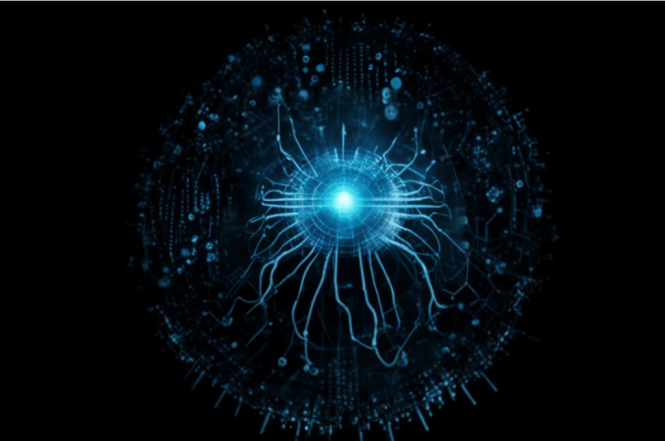 The dark side of AI: malware worm migrating system to system
The dark side of AI: malware worm migrating system to system
Artificial intelligence becomes ubiquitous, and you can’t even call this advance slow: it is anything but. It’s quite obvious that sooner or later, we’re going to have this or that sort of AI in every connected item around us that’s got silicon inside, from laptops through light bulbs to coffeemakers. Are there any dangers crawling in, too? Yes.
AI worms capable of intersystem infection
Computer worms have been around for almost 40 years now. According to Wikipedia, “a computer worm is a standalone malware computer program that replicates itself in order to spread to other computers.” One of the first worms to be identified was Morris, called thusly after its creator, a Cornell University graduate student Robert Tappan Morris. In 1988, this guy was the first convict under the 1986 Computer Fraud and Abuse Act.
 This is how the researchers sum up and visualize their effort. Snapshot from the project webpage
This is how the researchers sum up and visualize their effort. Snapshot from the project webpage
Fast forward to the present, and we have Morris II, a generative AI worm designed (again) at Cornell as part of a research project aimed to show the world how things may go dire with the widespread adoption of AI-assistants. Unlike its namesake predecessor, this worm demonstrated that it could do stealing, compromising, and breaking. According to its creators, they sought to see if it’s possible to make this kind of program in the AI realm, and succeeded: the worm proved capable of migrating system to system exploiting vulnerabilities in AI mail assistants powered by ChatGPT, Gemini, and LLaVA.
What’s probably more interesting is how it was done: the researchers crafted what they called an “adversarial self-replicating prompt,” which forced the AI to generate another prompt, and then another, etc. A more common application of this approach is known as an SQL injection.
Do you have a reason to be worried?
While you definitely should already be on alert about hazards associated with artificial intelligence (nevermind their benign label of “large language models”), the said worms aren’t an immediate threat. However, it’s better to be prepared for everything. In this respect, you can protect your system with a top-shelf antivirus program for Mac from Informer’s collection:
Don’t skip on installing Mac Informer itself, it keeps your programs updated and patched:



